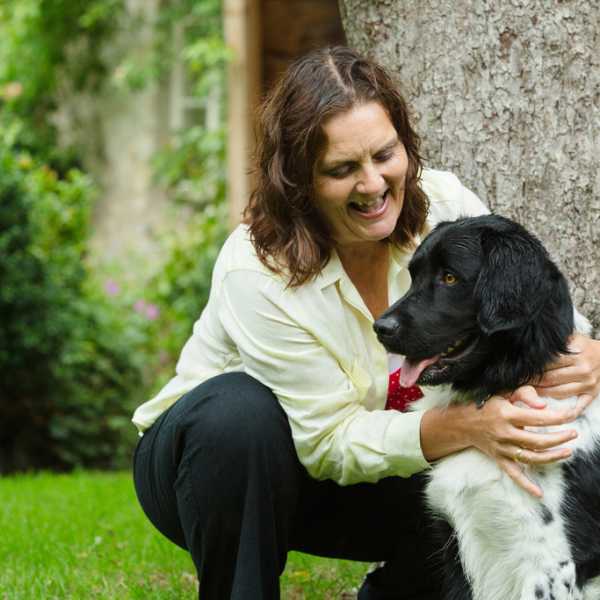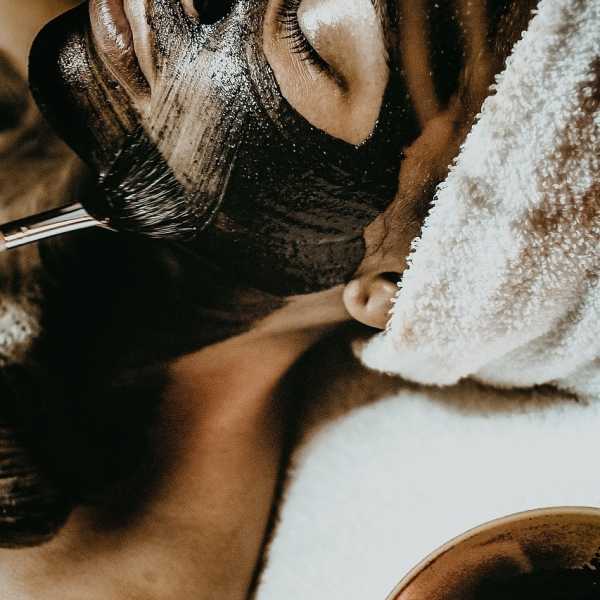
5 Things First-Time Cat Owners Need to Know Before Adopting
Posted on 4 July, 2022

Photo by Veronika Homchis on Unsplash
If you’ve never had a cat you might be a little nervous about some of the things you don’t know about owning and caring for a cat.
We’ve got your back.
In this article, we’ll cover five quick things you need to know before you become a first-time cat owner.
And, we say ‘adopt’ because for most people the best way to bring a cat into your home is to visit a local shelter and adopt a cat that needs a new home. You can perhaps get a kitten from a friend whose cat has had a litter or maybe go to a breeder.
However, a cat from a shelter (and, yes, they will have kittens) is helpful to the shelter, helps a cat in need, discourages reckless breeding, and is a lot cheaper.
We love shelter cats and they will love you back.
Owning a Cat Has a Cost
You need to become a cat owner with your eyes open to the cost.
Battersea Pets Home has a great article where they tally up the total cost of having a cat on an annual basis. They also look at the one-off costs that you’ll need to lay out when you first bring your cat home.
And here’s their expert opinion: approximately £260 one-off to get you set up and then around £1500 annually to feed and care for your new furry friend.
The initial costs cover buying some toys, a cat bed, a scratching post, a cat carrier, and things like food bowls. It also allows for microchipping (a great idea if your cat is going to be going outdoors).
The annual cost is then made up of replacing some of those items but mostly cat food, cat litter, pet insurance, and other vet costs. They also specifically allocate some cost to having a petsitter since they recommend at-home pet care for when you are away.
Wet Cat Food or Dry Cat Food?

Photo by Fernando Jorge on Unsplash
You’re going to spend a good chunk of your cat care budget on cat food and you will undoubtedly find yourself pondering whether wet or dry cat food is better.
Our opinion from a lifetime of feeding cats and talking to endless vets and feline nutritionists is that neither is better or worse.
What matters most is to feed your cat a well-balanced diet to ensure that your cat gets the vitamins and minerals they need. This is possible with wet or dry food or, indeed, combining both.
The best wet cat foods are generally more expensive than dry, but the benefits are that they have a lot more moisture (which your cat needs as they are notoriously shy of drinking to meet their need for water) and most cats love wet food and will eat it without being picky.
The downside is that wet cat food is usually more expensive and, once opened, has a shelf life that means it can go off quickly.
On the other hand, all brands of dry cat food are usually cheaper, and dry food is easier to store and it doesn’t go off once opened. Some cat owners believe that the higher carbohydrate levels in dry food can lead to cats putting on weight more easily and it can be harder for older cats with dental problems to eat.
A common approach is to mix and match wet and dry food across meals or even at the same time to get the best of both worlds.
If you stick to the best cat food brands, such as Hills, Purina, and IAMS you’ll be safe in the knowledge that these are specially formulated and quality controlled and are good choices for the long-term health of your cat.
Indoor or Outdoor?

Another fierce debate rages about whether your cat should be kept indoors to avoid the dangers of being allowed outdoors to roam freely.
Bear in mind that if you let your cat outside you are not controlling where it goes and what it does. They are free spirits (and perhaps that’s why we should let them outdoors).
People argue that the risk of fights with other cats, attacks from dogs or foxes, the chances of a traffic accident, the possibility of picking up a disease, or even poisoning are all too much to risk. And, all of these things can happen.
The opposite view is that cats were born to roam and should be allowed despite the risks.
Again, neither is right or wrong, but in the UK, unlike our American cousins, we do mostly let our cats outdoors and take the chance.
Ultimately that choice is yours, but if you do decide to keep your cat indoors all the time make sure they have a stimulating environment with plenty of toys to play with, interesting places to hide and sleep and, if possible, places where they can perch and look outside.
Vets and Insurance
This one doesn’t need much debate and you’ll thank us if you take this advice.
Take your cat to the vet as soon as you can after you adopt. Get a full check-up and discuss having them neutered when ready, get the vet’s advice on how and what to feed them, and ask for their recommendation for pet insurance.
And then, go out and sign up for a monthly cat insurance plan that you can afford.
It’s annoying and expensive, but if your cat is unwell or injured and you don’t have it, you’ll wish you did!
The cost of good veterinary care can be impossibly high and you don’t want to deal with it if the need arises. Bite the bullet and get pet insurance from the off.
The other thing about going to the vet straight off the bat is that you’ve got it done, you've found and met the vet and the vet has met your kitty. You’ll know where to turn when you need them and you’ll have peace of mind.
You Will Need a Catsitter

So, you’ve thought about feeding and caring for your cat and you’ve choked at the annual cost!
But, what are you going to do with your precious furry friend when you have to go away for work or a holiday?
Your options are to have a friend care for them, take them to a cattery or have a professional petsitter or homesitter come and care for them in your house (who might stay for the whole time you're away or come in daily).
There’s a lot of evidence to show that cats, as territorial animals, are very attached to their home and are anxious about new places, especially if moved and then abandoned by the humans they know and trust (such as when you drop them off at a cattery).
Cats also generally love human company (as long as it suits them…) and being left alone can be distressing.
So, a homesitter or petsitter gives you the option to leave your cat at home in their familiar surroundings and have a specialist come and care for them, feed them and give them the love they are used to.
Of course, there’s a case for using a good cattery but, if it’s an option, we’d recommend leaving your cat at home and having someone come to care for them there.
Now, Go and Adopt!
These 5 tips have given you some quick insights into a few of the most important things you need to have thought through before you bring a cat into your home.
Now, all that’s left is to visit your local cat shelter and find a cat to fall in love with.
Good luck!
Byline:
Sam Jones is a feline expert focusing on cat behavior, cat health, and cat care. She has lived with cats her entire life and has been writing about cats for as long as she can remember. She is currently a senior contributing editor at We Love Cats and Kittens.
Tags:



